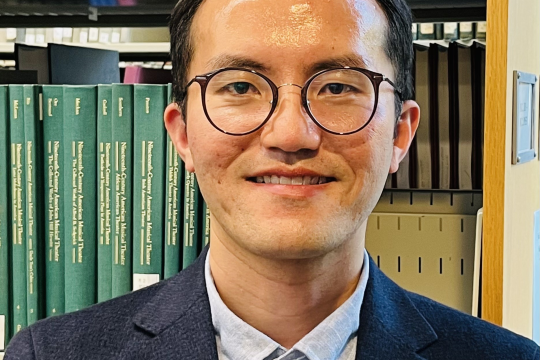The Egeblad lab studies the contributions of the tumor microenvironment – in which cancer cells arise and live – to therapy responses and metastasis. Solid tumors are abnormally organized tissues that contain not only cancer cells, but also various...
The Cai lab focuses on understanding how the transcription process is regulated in normal and cancer cells. We are intrigued by the discoveries in our lab that many transcription factors involved in cancers can form small, liquid-like condensates in...
RNA is typically understood as an intermediary molecule between DNA and protein. But, many noncoding RNAs, as well as the noncoding regions of messenger RNA, are increasingly appreciated as important regulators of gene expression and cellular functions. The forefront...
Single cell gene molecular profiling has demonstrated that cell classification requires more than a simple collection of markers. Current approaches do not account for the dynamic nature of cell states and inherent variation in cell types. This is especially...
Our laboratory’s research focuses on understanding (1) how cells measure levels of available nutrients and (2) how cells adapt to changes in nutrient supply to control metabolic homeostasis. Our studies have primarily centered on changes in cholesterol and oxygen...
Background and Summary: Epithelial cells in a tissue live a crowded life connected to, and interacting with, other cell types, the extracellular matrix, and diverse signaling molecules. A fundamental question in biology is: how do the constituent cells of an...
Understanding how the information in the genome is utilized is one of the central questions in modern biology. It has become clear that a critical level of gene regulation occurs through the chemical modification of both the DNA itself...
Our laboratory studies the basic molecular mechanisms of programmed cell death, an evolutionarily conserved process to eliminate cells. Because these pathways normally contribute to the millions of cell deaths that occur per day per individual, defects in cell death...
Mechanisms of gradient sensing and chemotaxis are conserved in mammalian leukocytes and Dictyostelium amoebae. Both cells use G protein linked signaling pathways. PH domains specific for PtdIns(3,4)P2 and PtdIns(3,4,5)P3 bind to the membrane at the leading edge of the...










